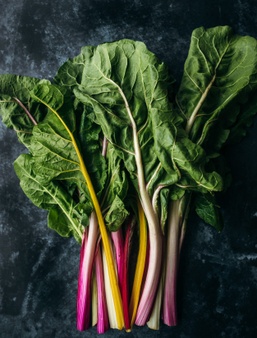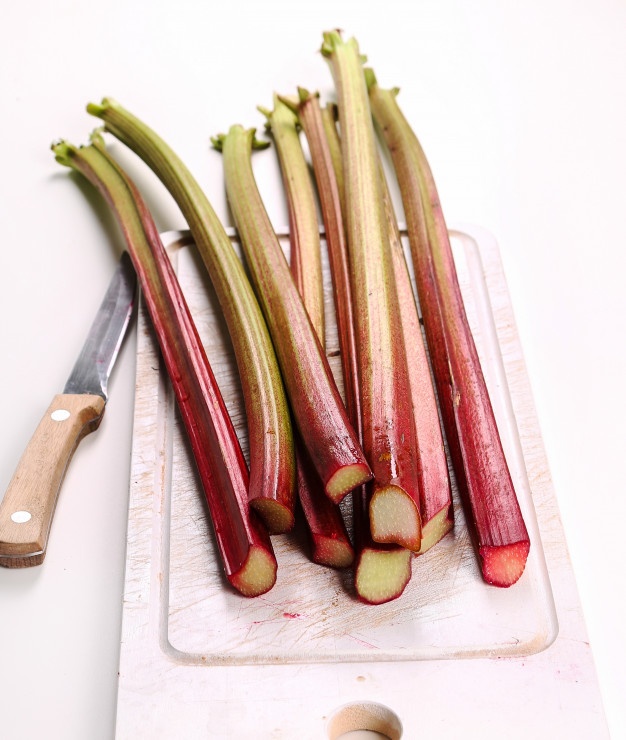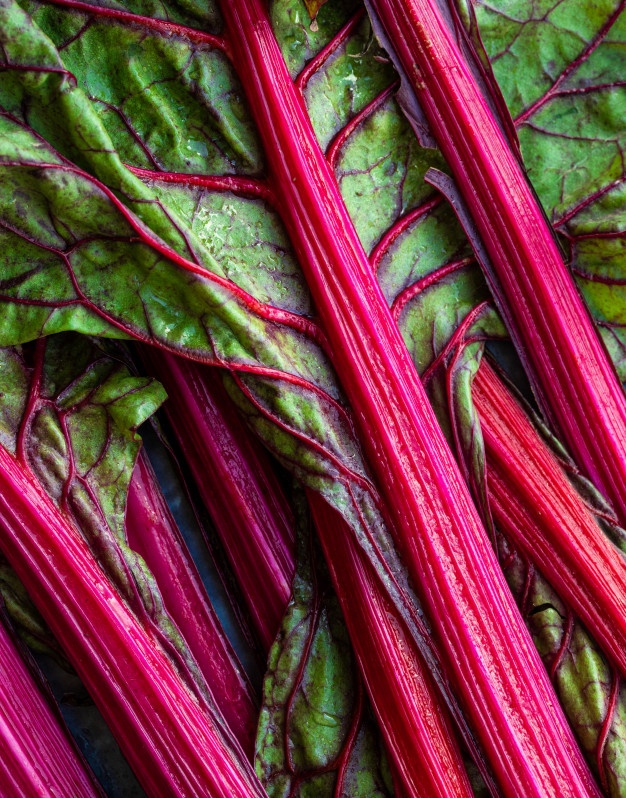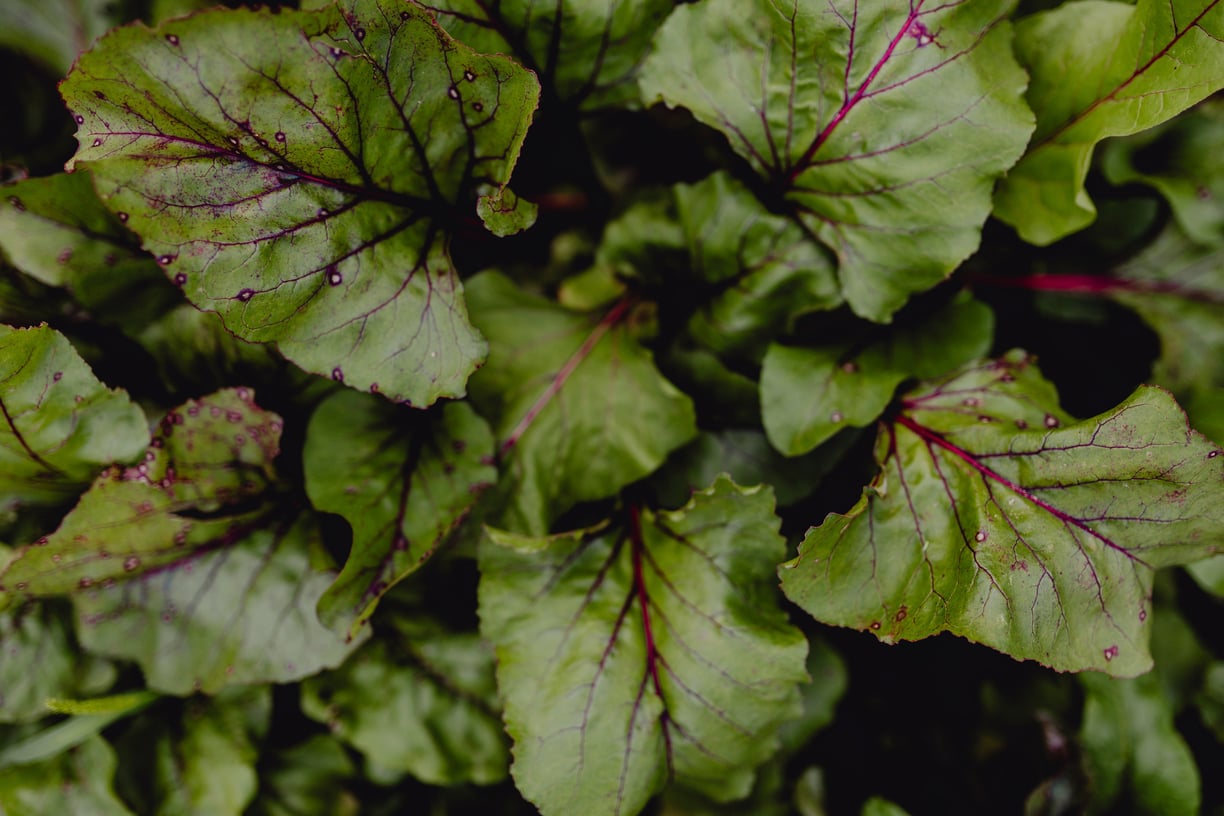Rhubarb
•Rhubarb originally grew in Asia and later exported to Europe in the 14th century by way of the Silk Road trade route thanks to Marco Polo, eventually making its way to North America via Ben Franklin, who sent the seed in the early 1800s. •Rhubarb is a laxative. 3,000 years ago, rhubarb was used specifically for medicinal
HEALTHY & FUN FRUITY FACTS


Rhubarb
•Rhubarb originally grew in Asia and later exported to Europe in the 14th century by way of the Silk Road trade route thanks to Marco Polo, eventually making its way to North America via Ben Franklin, who sent the seed in the early 1800s.
•Rhubarb is a laxative. 3,000 years ago, rhubarb was used specifically for medicinal purposes. It was dried and consumed as a purgative (cleansing of the bowels), a carminative (reduce excess gas), and for ulcer treatment.
•Rhubarb can be used for the purification of the blood, to induce vomiting (and elimination of toxins), prevent disease of gums, and as a cure for constipation.
•Besides in the treatment of various disorders, rhubarb can be used as a source of food, pigments, and fibers.
•Due to the numerous beneficial properties of this plant, rhubarb was more valuable than cinnamon in the 16th century in France and more expensive than opium in the 17th century in England.
•Rhubarb saved the 1770’s Canadian fur traders from dying! Isolated on forts with a fiber-less diet of fish and meat, prolonged constipation was a major problem and could be deadly. Rhubarb grew well and became a necessity in the tradesmen’s medicinal forts due to its laxative effects and high vitamin C content, preventing any form of constipation or scurvy from occurring.
•The darker the red stalk, the sweeter the rhubarb! The older, more traditional variety of green stalks are more mellow in flavor. If your rhubarb stalks are green, they’re not underripe or something. Some cultivars have greener stalks than others. The red color is due to the presence of anthocyanins, the same chemicals that make the leaves of some deciduous trees turn red in the autumn. All rhubarb is quite bitter in taste and therefore a great substitute for cranberries, and a good match with a sweeter fruit like strawberries.
•Rhubarb is a perennial plant that can survive from 10 to 15 years in the wild. It is supremely tough and cold-hardy, so you usually have to do something really, really horrific to kill it once it becomes established. Like, drive over it with a truck. Or set it on fire. And it may even survive those things.
•Rhubarb can reach 6 to 10 feet in height. Cultivated varieties are usually smaller. Rhubarb giants are common in Alaska where the summer days are very long and the extra hours of sun help the rhubarb grow. It prefers a temperate climate, moderately moist soil, and areas that provide plenty of sun.
•Rhubarb likes cool weather and is best harvested in mid-spring to early summer.
•Rhubarb develops long, thin stalks with rounded ridges on the surface. They grow from a short, thick rhizome. The color of the stalks varies from deep red to light green. The flesh is always white-colored. Stalks (petioles of the leaf) are the edible parts of rhubarb. The shape of the rhubarb stalks resembles celery.


•Fresh stalks have a sour taste and they are usually dipped in sugar before consumption. Small amounts of oxalic acid are found in the stalks, which we eat – the acidity gives rhubarb its “tang.” (You’ll find small amounts of oxalic acid present in sorrel and spinach, as well).
•Rhubarb stalks are a rich source of dietary fibers, vitamin K and C, and minerals such as calcium, manganese, and potassium.
•Each rhubarb stalk ends with a large, triangular, drooping leaf with a prominent midrib. Unlike stalks, leaves are not edible. They contain a high percent of oxalic acid which is toxic for humans. If eaten in large doses, the leaves can cause throat closure due to their high levels of oxalic acid, which is a poisonous acid used in stain remover, inks, and metal polish.
•Leaves of rhubarb contain substances that repel insects. By boiling the leaves in water, people can produce a homemade insecticide that can eliminate pests from the garden.
•Contrary to popular belief, even though rhubarb leaves are poisonous, they actually can be composted. The acids in them will break down like any other natural chemical found in plants and will not cause the compost to become toxic. Just make sure you chop those gigantic leaves up so that they’re easier for your composter to break down quickly. And you might not want to put too many in the composter at once, as not to upset the balance of the carbon to nitrogen ratio.
•Rhubarb blooms in summer and produces small greenish-white or red flowers arranged in large clusters. Flowers are designed for pollination by wind. They are also able to perform self-pollination.
•Even though most people consume rhubarb as a fruit in cooking and often eat it in desserts., botanically speaking it belongs to the group of vegetables. It is a part of the Polygonaceae buckwheat family. It's also known as the smartweed family which also includes sorrel. A New York court ruling in 1947 made it an official fruit in the United States to avoid the high tariffs imposed on imported vegetables. (It was cheaper at the time to bring fruits into the country).
•Rhubarb’s binomial name is Rheum rhabarbarum – the specific epithet is from Latin and means “root of the barbarians.
•The term rhubarb means a heated dispute. Ever wonder what background actors on stage are yelling about during a play? In the 1930’s, the word “rhubarb” would be repeated as their go-to ‘conversation’. This method was so popular that the Merriam-Webster dictionary added a heated dispute to the definition of rhubarb. In the 1940’s, it was commonly used as a descriptor of the on- and off-field shenanigans of fans and players at raucous baseball games.
•In the United Kingdom, it is common to force an early rhubarb crop under pots in January and February. A second crop is planted outdoors for later harvest.
•90% of the world’s sweetest rhubarb is located in The Rhubarb Triangle of West Yorkshire, England. England was the first country to grow rhubarb for eating (not just medicinal purposes). The variety of rhubarb called Victorian Rhubarb was easy to grow, reliable, and consistently sweet and tender. So began the jams, jellies, custards, and tarts.


•Rhubarb is often consumed in combination with strawberries, blueberries, and peaches and used for the preparation of various cakes, pies, fruit salads, and muffins.
•Rhubarb is also known as a "pie plant" because it is most commonly used for the preparation of pies.
•Rhubarb can be also consumed in the form of jams, jellies, smoothies, and wines.
•Fibers obtained from rhubarb can be used for the manufacture of paper.
•If you like to dye textiles with natural plant-based dyes, rhubarb leaves make a good mordant (just be really careful while handling them!). The roots will produce a brown dye that can be used for dyeing hair. Leaves and stalks are sources of yellow and red dyes.
•Store harvested rhubarb stalks in the fridge and use them up as soon as you can. Rhubarb freezes well so that’s an option if you have a huge harvest.
•Do not harvest rhubarb in the heat, as the stalks will quickly wilt.
•Speaking of harvesting rhubarb – pull or cut? Always pull! If you cut the stalks, you might encourage rot. And never, ever, take more than half of the stalks of the plant at a time.
•If your rhubarb is damaged by a late spring frost, you can remove most of the stalks (leave at least 3 to 5 on the plant) and allow the plant to regrow – it should produce another crop shortly. Don’t eat the frozen stalks.
•Rhubarb has really pretty, dramatic flowers – and as long as you don’t allow them to set seed, you can enjoy the flowers for a very brief time. You can keep harvesting the rhubarb stalks while the plant flowers – the quality of the produce does not suffer. If the plants set seed, however, the energy that would be devoted to the creation of delicious stalks is then diverted to the seeds, which you don’t want. You’ll end up with smaller stalks as a result. So if you want flowers AND yummy stalks, watch carefully to remove the blooms at just the right time.
•1 pound of fresh rhubarb yields about 3 cups chopped or 2 cups cooked


